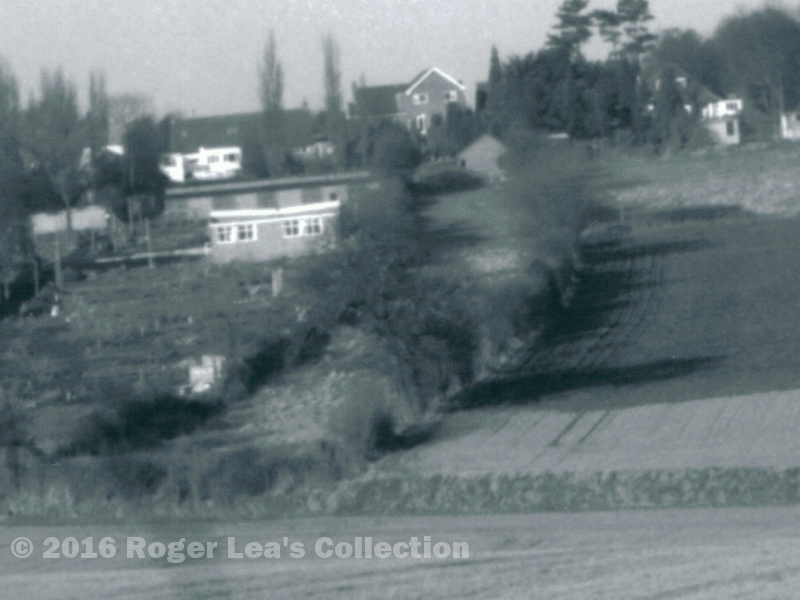Under the Feudal system, villagers rented their farmland from the lord of the manor. In 1308 an inquiry at Sutton set out the conditions which applied locally when land was rented, not for money, but in return for services such as working on the lord’s land and paying heriot. Heriot was a one-off payment; “when the lord’s eldest son or daughter was going to be married, the villager had to give the lord as heriot half of all his goods saving oxen enough for ploughing”. And when a villager died, the lord used to have his best animal as heriot. For most villagers, the best animal would be an ox, and oxen would be their most valuable possession. By 1308 almost everyone in Sutton was paying rent in money rather than by service, so many of the strict conditions no longer applied, but the ox was nevertheless an important asset.
Ploughing the fields was heavy work, each plough turning a single furrow and drawn by an ox team. There was shared ownership of ploughs, and the ox team (four or eight strong) was made up of animals contributed by several villagers. A team could plough about an acre in a day; the standard was to plough for 220 yards, then to turn and plough another 220 yard furrow until there were two eleven-yard wide ridges of ploughed land making up the 4840 square yards of an acre. The ridge-and-furrow pattern which resulted can often still be seen in fields in the countryside. The ploughman guided the team in a gentle curve rather than in a straight line, and often field boundaries and even country lanes still follow the curved line of the medieval plough.
Farm practices changed, and most farmers reorganized their land into square fields, but sometimes the half-acre strips eleven yards wide survive. A long thin piece of land off Sherifoot Lane originated as two strips in one of the open fields of Hill Village, and each strip still had a different owner as late as 1860.
